Three customer questions from screening performance webinar
Mar 16, 2021
On December 16, 2020 Valmet screening experts Adam Roy and Marc-Alexandre Nickner presented a webinar entitled Improving Screening Performance, which can be viewed HERE. We were unable to answer all the questions during the Q&A period, but there were a few that were especially noteworthy. Adam Roy put together a short video to answer them in detail, which can be viewed HERE.
The three questions are about screening brownstock, debris removal, fractionation and bleach plant washer effluent. They are answered below:
What type of efficiencies should a well-balanced screening room for a brownstock system run at?
There are two standard definitions of efficiency: Cleanliness Efficiency and Mass Reject Efficiency. Cleanliness efficiency is how much cleaner the accepted stock is than the inlet based on percent. Mass Reject Efficiency is based on the percent reduction, in tons per day, of shives in the accepts compared to the inlet. This is the definition we normally use in brownstock.
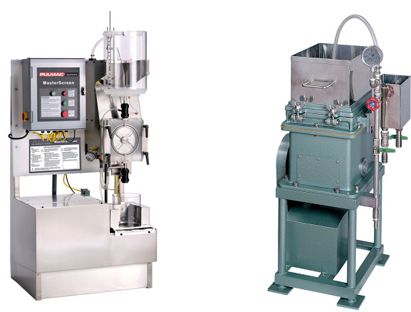
Figure 1 Pulpmac & Somerville testing methods
Pulmac, Somerville, or Valley (Figure 1) are all acceptable testing methods. On the other hand, dirt count is not, because it measures the surface area of the contaminants when what we care about is the thickness.
Not long ago, an efficiency of about 85% was considered okay in a kraft brown stock system. With modern slotted screen cylinder and precise controls, efficiencies in the mid 90s are typical.
Parameters that will affect efficiency are: slot size, reject rates, number of stages, cylinder and rotor types and condition.
If you want to increase your efficiency, the first thing to do would be to confirm that you have the right cylinder for the kind of debris you want to remove.
Explain the main screen design parameter differences for debris removal screening and fractionation screening
First, screening for debris removal is the action of separating matter based on size. Fractionation is the action of separating fibers by length and/or stiffness. Another way of saying it would be that debris removal relies mostly on barrier screening, and fractionation relies mostly on probability screening.
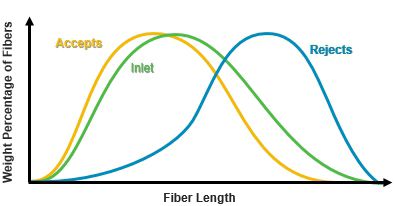
Figure 2 Fractionation results in longer fibers in reject
As seen in Figure 2, the result of fractionation on a screen will result in longer fibers in the reject.
Understanding the way a fiber goes through a hole will help you understand what we look for in a fractionation screen.
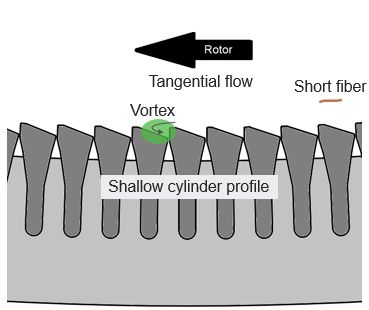
Figure 3 Fibers follow tangential flow until affected by vortex micro turbulence
An interesting phenomenon is that fibers tend to align with the flow, but not all fibers will be aligned since there is some micro turbulence inside a screen (Figure 3). The video found HERE or in the Related Links section includes an animation of a fiber moving with the flow inside of the screen. If you watch it you can see why a long fiber would tend to be rejected compared to a short fiber. It shows the vortex created and the tangential flow. A long fiber tends to follow the tangential flow. A shallow profile creates a shallow vortex and sharper corner and long fibers pass over. But a taller (aggressive) profile creates a rounder vortex which is easier for a long fiber to accepted. Thus, a less aggressive profile on the cylinder allows more fractioning.
With a slotted cylinder, if the fiber arrives at 90 degrees due to turbulence, it can still fit into the slot and be accepted. This is why fractionation is generally better with a perforated cylinder.
So, the main differences in debris removal vs fractionation rely on the screen cylinder and rotor.
For fractionation, the screen cylinder should have holes with no profile and a rotor that produces low turbulence (Figure 4, left).
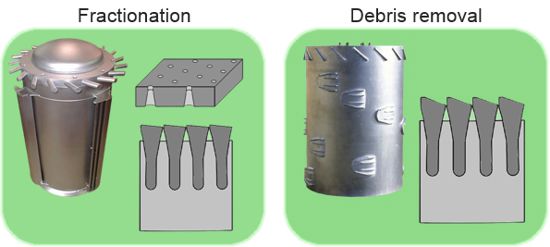
Figure 4 Screen cylinders for fractionation and debris removal
On the other hand, for debris removal we use small slots for better barrier screening, with a more aggressive profile (Figure 4, right), and the rotor will also produce more aggressive pulsation with some turbulence. This is mainly to improve capacity since most of the efficiency in a slotted cylinder comes from the barrier screening.
Do you have any applications in which bleach plant washer effluent is screened to recover fiber?
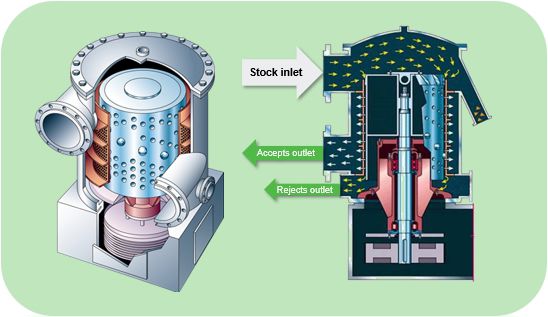
Figure 5 Fiber Filter HI-Q internal view and flows
Yes, we do. This equipment is called the Valmet Fiber Filter HI-Q, formerly called the GL&V Fibresaver Fibre Filter (Figure 5). It uses the same principle as a screen, a rotor and a screen cylinder (Figure 6).
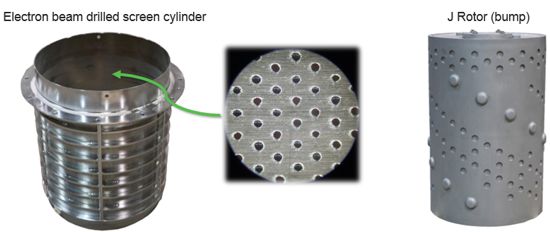
Figure 6 Fiber Filter HI-Q components
This filter benefits from a bump rotor that has very gentle pulsation, which is required for this application. On the other hand, the screen cylinder is made of millions of tiny holes with a diameter as small as 0.004'' (0.10 mm).
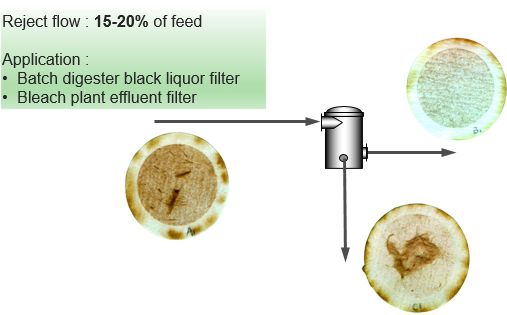
Figure 7 Single stage fiber saver system
Figure 7 represents a one stage system that would be more suitable to recover fiber from bleach plant effluent or remove fiber from black liquor in a batch digester system, prior to sending it to the evaporators. The main point is that the reject is be around 15% to 20% of the feed flow.
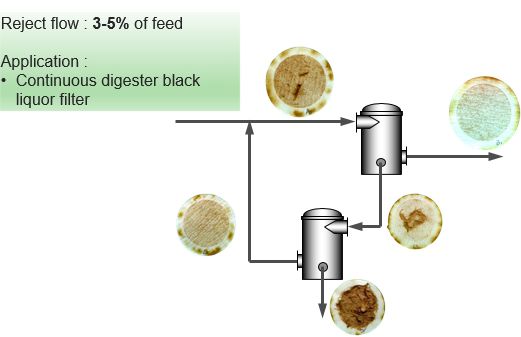
Figure 8 Two stage fiber saver system
Figure 8 shows a two stage system, suitable for a continuous digester system where the final reject flow matters most. In this case, the final reject flow is about 3 to 5% of the primary feed flow.
For more information about improving screening performance, watch the webinar and associated video, and contact your Valmet representative.
